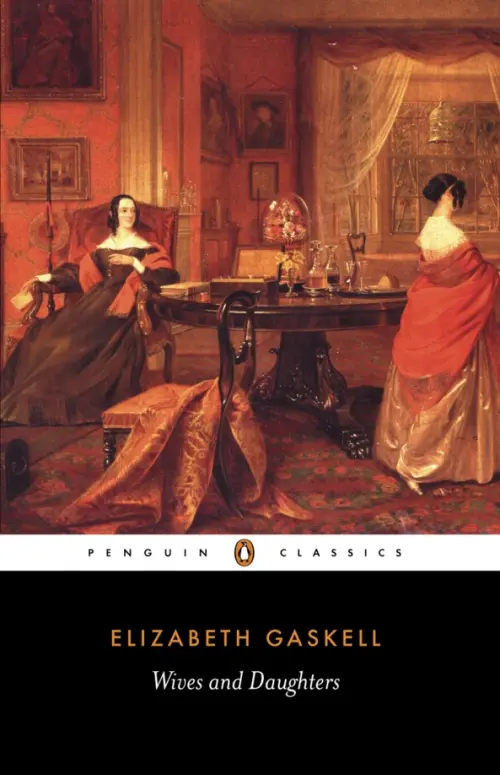
Wives and Daughters
Elizabeth Gaskell's Wives and Daughters is a story of romance, scandal and intrigue within the confines of a watchful, gossiping English village during the early nineteenth century. This Penguin Classics edition is edited with an introduction and notes by Pam Morris.
When seventeen-year-old Molly Gibson's widowed father remarries, her life is turned upside down by the arrival of her vain, manipulative stepfather. She also acquires an intriguing new stepsister, Cynthia, glamorous, sophisticated and irresistible to every man she meets. The two girls begin to confide in one another and Molly soon finds herself a go-between in Cynthia's love affairs - but in doing so risks losing both her own reputation and the man she secretly loves. Set in English society before the 1832 Reform Bill, Elizabeth Gaskell's last novel - considered to be her finest - demonstrates an intelligent and compassionate understanding of human relationships, and offers a witty, ironic critique of mid-Victorian society.
This text is based on the 1866 Cornhill Magazine version of the novel. It also includes notes on textual variants between this edition and the original manuscript, a note on the story's ending and an introduction discussing the novel's challenging investigation of themes of Englishness, Darwinism and masculine authority.
Elizabeth Gaskell (1810-65) was born in London, but grew up in the north of England in the village of Knutsford. In 1832 she married the Reverend William Gaskell and had four daughters, and one son who died in infancy. Her first novel, Mary Barton, was published in 1848, winning the attention of Charles Dickens, and most of her later work was published in his journals, including Cranford (1853), serialised in Dickens's Household Words. She was also a lifelong friend of Charlotte Bronte, whose biography she wrote.



 Каталог товаров broE.ru
Каталог товаров broE.ru